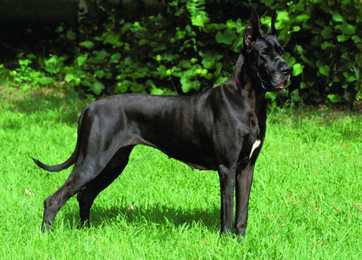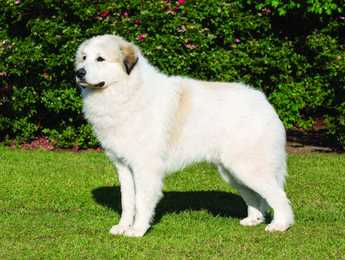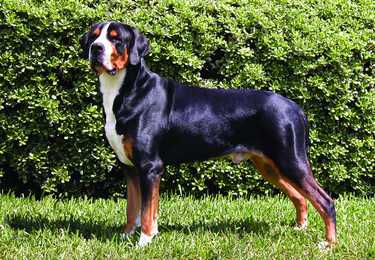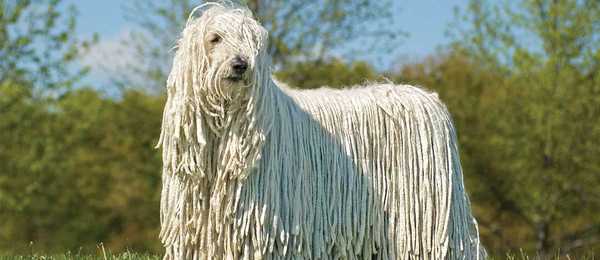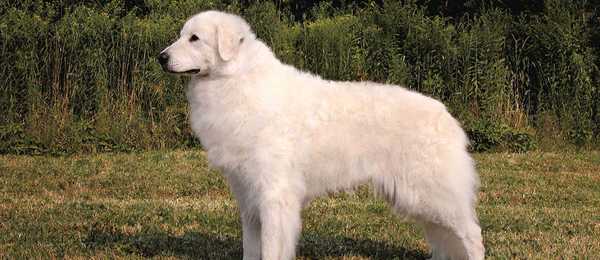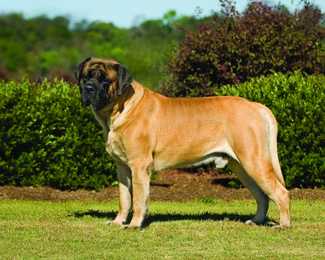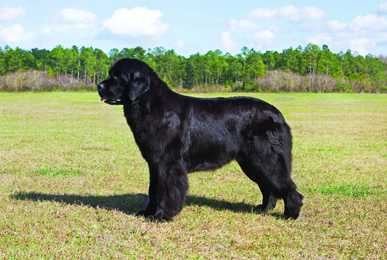
Traits and Characteristics
type
weight
height
family
The Doberman is compactly built, muscular and powerful. They combine elegance and strength, speed and endurance. Their carriage is proud and alert, and their gait is free and vigorous. The Doberman coat is short, smooth, and hard, showing off the exceptionally clean-cut lines of this athletic breed.
Ready to see what dogs fit you best? Take our short quiz to find out!
Energy Level
Exercise Requirements
Playfulness
Affection Level
Friendliness to Dogs
Friendliness to Other Pets
Friendliness to Strangers
Watchfulness
Ease of Training
Grooming Requirements
Heat Sensitivity
Vocality
Disclaimer: While the characteristics mentioned here may frequently represent this breed, dogs are individuals whose personalities and appearances will vary. Please consult the adoption organization for details on a specific pet.
Temperament
The Doberman Pinscher is an intelligent capable guardian, ever on the alert and ready to protect its family or home. He is also a loyal and adventurous companion. He likes to be mentally challenged, and is a gifted obedience, agility, and Schutzhund pupil. He is sensitive, and very responsive to his owner’s wishes, though some can be domineering. He is generally reserved with strangers. It can be assertive with strange dogs.
Upkeep
This is an active breed that needs daily mental and physical exercise lest they become frustrated or destructive. Their exercise requirements can be met with a long jog or walk on leash, or a strenuous run in a safe area. Coat care is minimal.
Health
- Major concerns: CVI (wobbler’s syndrome), cardiomyopathy
- Minor concerns: vWD, demodicosis, osteosarcoma, gastric torsion, CHD
- Occasionally seen: albinism, hypothyroidism, PRA, narcolepsy
- Suggested tests: cardiac (Holter monitor), hip, eye, DNA for vWD, thyroid
- Life span: 10–12 years
- Note: Blue Dobermans sometimes have hair loss; “white” Dobermans are albinos and are light-sensitive
History
Few people can claim to have had so great an impact upon the dog world as Louis Dobermann of Thuringen, Germany. Herr Doberman was a door-to-door tax collector who needed a dog to accompany him on his rounds. In the late 1800s he set about to create an alert streamlined guard dog, most likely by crossing the old German Shepherd and German Pinscher, with later crosses to the Black and Tan Manchester Terrier, Greyhound, and Weimaraner. He soon obtained the prototype of the breed that now bears his name.
The original Dobermans were still somewhat heavy boned and roundheaded; subsequent breeders selected for a more racy-looking dog. The breed evolved in remarkable time; by 1899 the first breed club was formed. The breed continued to attract acclaim, and the first Doberman arrived in America in 1908. They soon found favor throughout Europe and America as a police dog, and later as a war dog. Their prowess in these areas soon brought more admirers, and the Doberman quickly became a valued family pet. Their chiseled silhouette and fearless alert demeanor has made the Doberman a top contender as a show dog.
As their fame grew, many families grew to appreciate the breed as a family pet, and the Doberman eventually rose to be the second most popular breed in America in 1977. Unfortunately, the media cast the Dobe in the role of a vicious breed and their reputation unfairly suffered. During this same time period, albinistic white Dobermans emerged. In an effort to decrease the chance of producing these dogs, the Doberman Pinscher Club of America convinced the AKC to tag the registration numbers of dogs with the likelihood of carrying the albino gene with the letter Z (a DNA test is now available).

